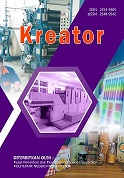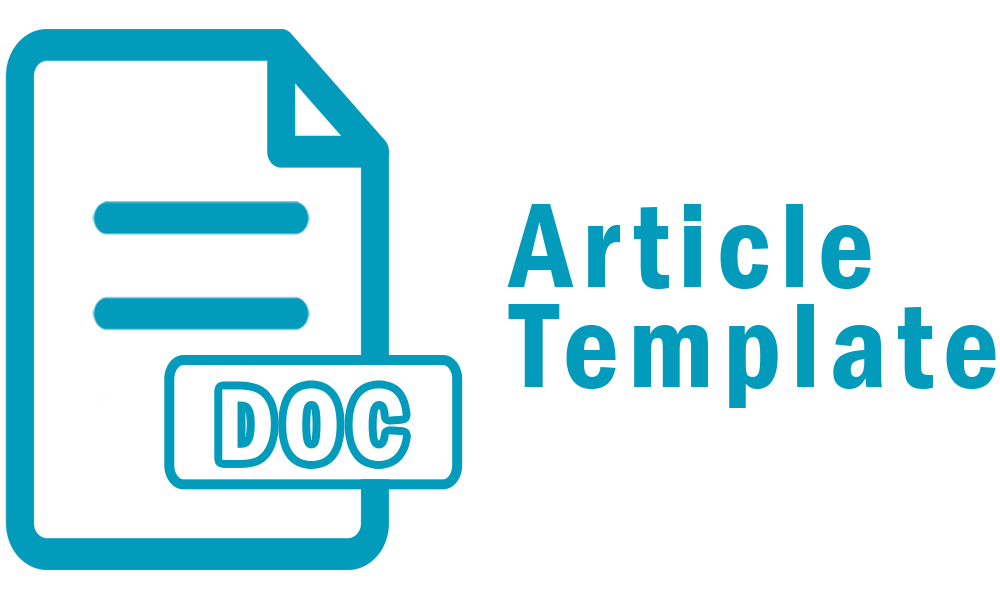Analysis of Residual Solvent Problems In Cooking Oil Packaging Products at PT X
DOI:
https://doi.org/10.46961/kreator.v10i1.758Keywords:
Residual Solvent, Gas Chromatography, Quality Control, Dry LaminationAbstract
The packaging printing production process cannot be separated from the problems that affect the product yield, and solvent residue is one of them. Quality control or quality control is needed in a business to achieve the desired results and minimize problems so that these products can be sold to customers. Product quality has several weaknesses, such as residual solvent, sealing and leaking. Apart from the disadvantages mentioned, the most important critical point is the high residual solvent content. The way to solve the problem at the critical point of remaining solvent is to clean the chamber, exos and chiller and increase the temperature of the chamber so that the evaporation of the remaining solvent remains, and gas chromatography examination to assist in sample verification. Based on the problems identified, product quality results at PT X can reduce problems in products with high solvent residues. PT X is a manufacturer, marketer and distributor of cooking oil products.
References
Adita Nurkholiq, D. (2019). Analisis Pengendalian Kualitas (Quality Control) Dalam Meningkatkan Kualitas Produk. Jurnal ilmu manajemen , 2.
Damayanti, M. N. (2022). Pengendalian Kualitas di Mabel PT.Jaya Abadi Dengan Menggunakan Metode Seven Tools. bulletin of Applied Industrial Engineering Theory, 2.
Donald Mackay, d. (2006). Handbook Phsical Chemical Properties And Environmental Fate For Organic Chemicals. BOCA RATON: CRC Press.
Hendayana, S. (2006). Kimia pemisahan : metode kromatografi dan elektroforesis modern. Bandung: Remaja Rosdakarya.
Johnston. (2013). Process for producing an ethyl acetate solvent and coproduction of ethanol. United States.
Kana, T. P., Rahmayanti, H. D., & Didik, H. M. (2021). Study of defect on 180 ml HDPE bottles yogurt products with SMC B11 extrusion blow machine at PT X. Kreator, 8(1), 21-28.
Kotler, P. (2003). Manajemen Pemasaran. PT. Indeks.
Mahardika, d. (2017). Analisa Pengaruh Gas Pelindung Argon Grade A Dan Grade C. JURNAL TEKNIK PERKAPALAN, 3.
Sumarno. (2000). Kromatografi: Teori Dasar dan Petunjuk Praktikum. Yogyakarta: Bag. Kimia Farmasi Fak, Farmasi UGM.
Sumijanto. (2012). Analisi Pengaruh Laju Air Massa Pada Kontrol Invetori Helium Terhadap Faktor Energi . -, 2.
Susana, T. (2004). Sumber Polutan Nitrogen Dalam Air Laut. Oseana,volume XXXIX, nomor 3, tahun 2004: 25-33, 26.
Susetyarsi, T. (2012). Kemasan Produk Ditinjau Dari Bahan Kemasan dan Pelabelan Pada Kemasan Pengaruhnya Terhadap Keputusan Pembelian Pada Produk Minuman Mizone Dikota Semarang. Jurnal STIE Semarang,VOL 4, NO 3, 21. 51
Wahyono, d. (2017). Produksi gas hydrogen menggunakan metode elektrolisis dari elektrolit air dan air laut dengan penambahan katalis NaOH.
Downloads
Published
How to Cite
Issue
Section
Citation Check
License
Authors who publish with Kreator agree to the following terms:
- For all articles published in the Kreator, copyright is retained by the authors. Authors give permission to the publisher to announce the work with conditions. When the manuscript is accepted for publication, the authors agree to the automatic transfer of non-exclusive publishing rights to the publisher.
- Authors retain copyright and grant the journal right of first publication with the work simultaneously licensed under a Creative Commons Attribution-ShareAlike 4.0 International License that allows others to share the work with an acknowledgment of the work's authorship and initial publication in this journal.
- Authors are able to enter into separate, additional contractual arrangements for the non-exclusive distribution of the journal's published version of the work (e.g., post it to an institutional repository or publish it in a book), with an acknowledgment of its initial publication in this journal.
- Authors are permitted and encouraged to post their work online (e.g., in institutional repositories or on their website) prior to and during the submission process, as it can lead to productive exchanges, as well as earlier and greater citation of published work (See The Effect of Open Access).











